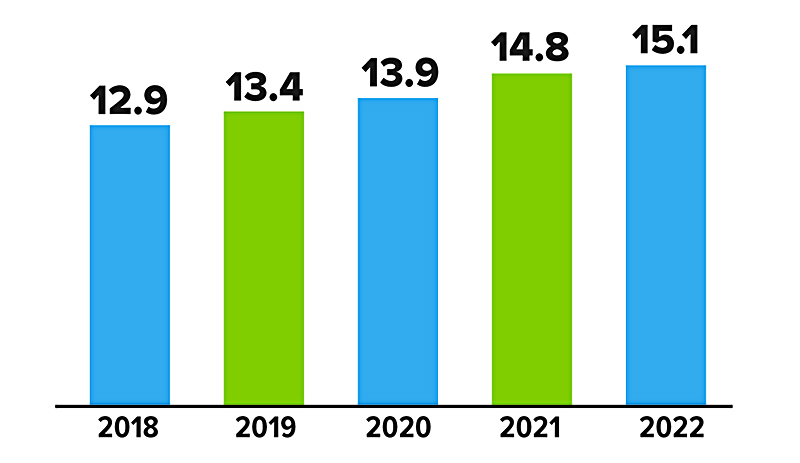Coming in 2024: New 529 Plan-to-Roth IRA Rollover Option
By Mark FisselPosted on July 31st, 2023

In December 2022, Congress passed the SECURE 2.0 Act. It introduced two new rules relating to 529 plans and student debt that will take effect in 2024.
The first provision allows for tax- and penalty-free rollovers from a 529 plan to a Roth IRA. The second provision allows student loan payments made by employees to qualify for employer retirement matching contributions.
529 Plan to Roth IRA Rollover
529 plans are tax-advantaged savings accounts specifically geared to saving for college. In an effort to broaden their flexibility in situations where families have extra funds in an account, Congress created a new rollover option. Starting in 2024, 529 plan beneficiaries can roll over up to $35,000 to a Roth IRA over their lifetime. Here are the specific rules:
- Any rollover is subject to annual Roth IRA contribution limits, so a beneficiary can’t roll over $35,000 all at once. For example, in 2023, the Roth IRA contribution limit is $6,500 (for people under age 50) or earned income, whichever is less. If the limit remains the same in 2024, a beneficiary would be able to roll over up to $6,500.
- In order for the rollover to be tax- and penalty-free, the 529 plan must have been open for at least 15 years. If the 529 account owner (typically a parent) changes the beneficiary of the 529 plan at any point, this could potentially restart the 15-year clock.
- Contributions to a 529 plan made within five years of the rollover date can’t be rolled over — only 529 contributions made outside of the five-year window can be rolled over to the Roth IRA. For more information on determining the date of contributions, contact the 529 plan manager.
Example: Kate opens a 529 account for her son Joe when he is three years old. Kate contributes to the account for 15 years. At age 18, Joe enters college. Kate continues to contribute to the account while Joe is in college. Joe graduates, and there is money left over in the 529 account. Because the account has been open for at least 15 years, Joe is eligible to roll over funds from the 529 account to a Roth IRA in his name. He can roll over an amount up to the annual Roth IRA contribution limit, provided he doesn’t transfer any contributions made to the 529 account in the past five years. Joe can continue rolling over funds from the 529 plan to the Roth IRA (consecutive years or intermittent years) until he has reached the $35,000 lifetime limit. Number of 529 college savings plan accounts, 2018–2022, in millions

Source: ISS Market Intelligence, 529 Market Highlights, 4Q 2019–2023
Student Loan Payments Can Qualify for Employer Retirement Match
Employees with student debt often have to prioritize repaying their loans over contributing to their workplace retirement plan, which can mean missing out on any potential employer retirement matching contributions. Starting in 2024, the SECURE 2.0 Act gives employers the option to treat an employee’s student loan payments as payments made to a qualified retirement plan (student loan payments will be considered an “elective deferral”), which would make those contributions eligible for an employer retirement match (if an employer offers this benefit).
There are generally fees and expenses associated with participation in a 529 plan. There is also the risk that the investments may lose money or not perform well enough to cover college costs as anticipated. The tax implications of a 529 plan should be discussed with your legal and/or tax professionals because they can vary significantly from state to state. Most states offering their own 529 plans may provide advantages and benefits exclusively for their residents and taxpayers, which may include financial aid, scholarship funds, and protection from creditors. Before investing in a 529 plan, consider the investment objectives, risks, charges, and expenses, which are available in the issuer’s official statement and should be read carefully. The official disclosure statements and applicable prospectuses, which contain this and other information about the investment options, underlying investments, and investment company, can be obtained by contacting your financial professional.
Source: Broadridge